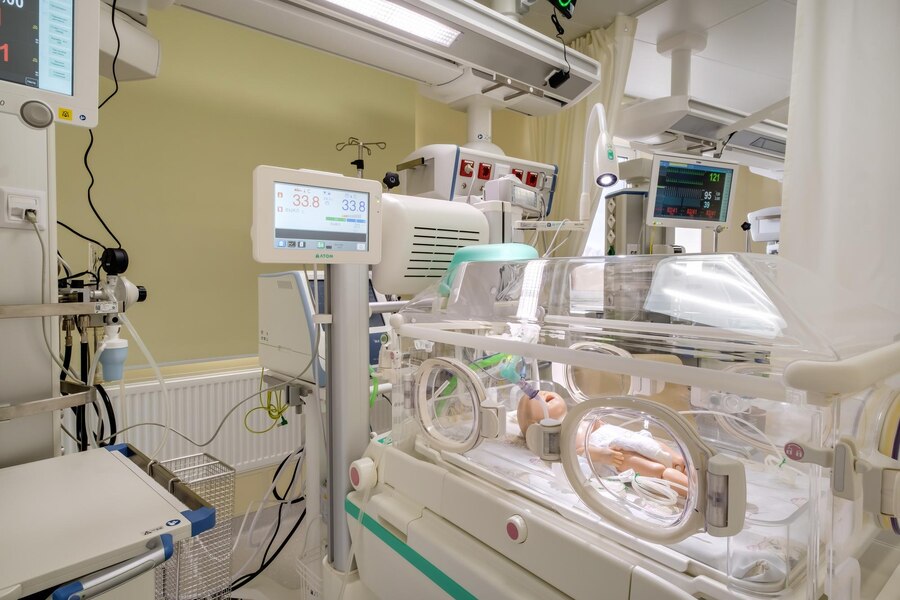Exploring the Importance of Human, Neonatal, Pediatric, and Infant Lung Simulators in Medical Training
Medical training has evolved with advanced technologies, helping professionals prepare for real-world scenarios through safe, controlled environments. Among the critical tools are human lung simulators , neonatal lung simulators , pediatric lung simulators , and infant lung simulators . These devices replicate various respiratory conditions and functions across different age groups, offering unparalleled learning opportunities for healthcare providers. What is a Human Lung Simulator? A human lung simulator is a sophisticated device that mimics the function and mechanics of human lungs. These simulators replicate respiratory patterns and provide medical trainees with hands-on experience in handling various lung-related conditions. From simulating normal breathing to complex lung disorders, these devices offer realistic feedback, helping healthcare professionals hone their diagnostic and therapeutic skills. By practicing on these simulators, profess...
